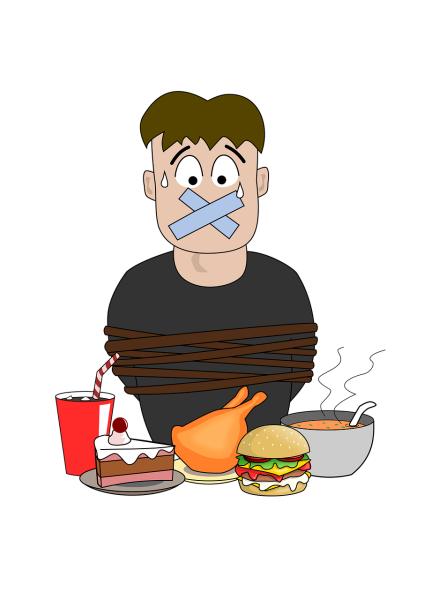This week, I began a three-month course of Ozempic, the wonder drug touted to reduce cardiovascular risk for the overweight and those with diabetes. I have some cardiovascular risk, although risk is no longer the correct term, being that I underwent coronary artery bypass surgery last year. While I had a pristine cholesterol panel, never needed a statin, and with smoking not really a sound choice for a vascular surgeon, my most significant risk was what I chose to eat and how I chose to exercise. As a result of some bad decisions earlier in life that became habits, I was a little out of breath one day last year.
Shortness of breath is not a definitive symptom of coronary disease, more likely to be related to my prior pulmonary embolus, but “out of an abundance of caution,” my cardiologist sent me for a calcium score. A typical value is 2 or 3, values in the range of 100 lie at the border of coronary artery disease. Much, like when I was 19 and eligible for the draft lottery drawing #18, I was once again a winner, with a calcium score of 1000. That led to catheterization and a decision to forgo an equivocally helpful stent for the “original gangsta” (OG) of cardiac care, coronary artery bypass.
Flash forward a year, and I am on a statin, a blood pressure med, and an anticoagulant. I now have one of those little plastic boxes to keep my pills in order, something ironically now, I thought was a little too “much” in my younger years. Despite episodic efforts at exercise, especially the Peloton, which I love, my eating, or at least the poor portion choices, have been more consistent, and my weight has been rising. Enter Ozempic.
I have been discussing the value of starting Ozempic with my two most important health counselors, my wife and cardiologist, for a few months. At the last visit it was agreed to give the GLP-1 a whirl. This post serves as the anchor of my reporting on what will be a standard 3-month treatment course.
 If I were of a younger generation, I would begin with a video of the “unboxing” of my Ozempic doses. Others have already established that beachhead. There are also videos on how to set the pen’s dose and self-inject. It is not rocket science, but the written instructions were more “off-putting” than any of the available quick videos.
If I were of a younger generation, I would begin with a video of the “unboxing” of my Ozempic doses. Others have already established that beachhead. There are also videos on how to set the pen’s dose and self-inject. It is not rocket science, but the written instructions were more “off-putting” than any of the available quick videos.
In any event, I was able to painlessly self-inject despite the close supervision of my wife, an ex-nurse and keeper of my health. Now, a few hours later, I feel no different; well, that is not entirely true; I have mixed emotions of virtue and defeat in starting Ozempic.
Day 1
I am not eating as much, but I suspect this is more of a placebo effect than any real change in my appetite or feeling of satiety.
Day 4
I was indeed correct about Day 1; placebo all the way. Now, I find that I am just not that hungry, or perhaps a better way to say it is that I am not constantly searching for a snack. My prior walks through the kitchen, especially when I was bored, most frequently ended in opening the refrigerator and having a standing snack – after all, everyone who diets knows, eating while standing contributes few calories. Now, it just doesn’t seem to be on my mind.
As for satiety, I think if challenged, I could still consume a great deal of food when eating quickly, although not as fast or as much as Joey Chestnut. I have slowed my consumption a bit, or more accurately, become more self-aware of my consumption speed. Satiety and hunger now seem to blend. I’m just not that hungry, so as Mary Poppins, trained nutritionist, would state, “Enough is as good as a feast.”
Day 7
Those calories seem to disappear. Down a pound. Is that good or bad? As the inpatient sort, it would be nice to see that number double or triple. Maybe the effect ramps up over time?
On a more positive note, given that I am now feeling full sooner, leaving more on the plate, I have begun to reduce my portion size as my eyes readjust to my new stomach size. [1] If I can turn that choice into a habit, then there is the potential for a lasting change once the Ozempic no longer courses through my body.
New week, new injection. New goal: slow my consumption and not be the first one done with a meal—further episodic reporting to follow.
[1] To be wholly accurate, I doubt that my stomach size has decreased and that adjustment is to my new satiety “set point.”




